ケイトウは花の形がニワトリのトサカに似ているから、漢字で「鶏頭」。燃え盛る炎のようにも見えるので、学名は「燃焼」という意味です。
The Plumed cockscomb has a flower shape similar to that of a chicken comb, so the Chinese character is “chicken head.” The scientific name means “burning” because it looks like a burning flame.
【仮名】ケイトウ, ケイカン
【和名】鶏頭, 鶏冠
【英名】Plumed Cockscomb, Cockscomb, Celosia
【学名】Celosia argentea
【誕生】08/ 24, 08/ 29, 09/ 02, 09/ 05, 09/ 08
【開花】05, 06, 07, 08, 09, 10月
【花色】White, Pink, Red, Purple, Violet, Blue, Green, Yellow, Orange
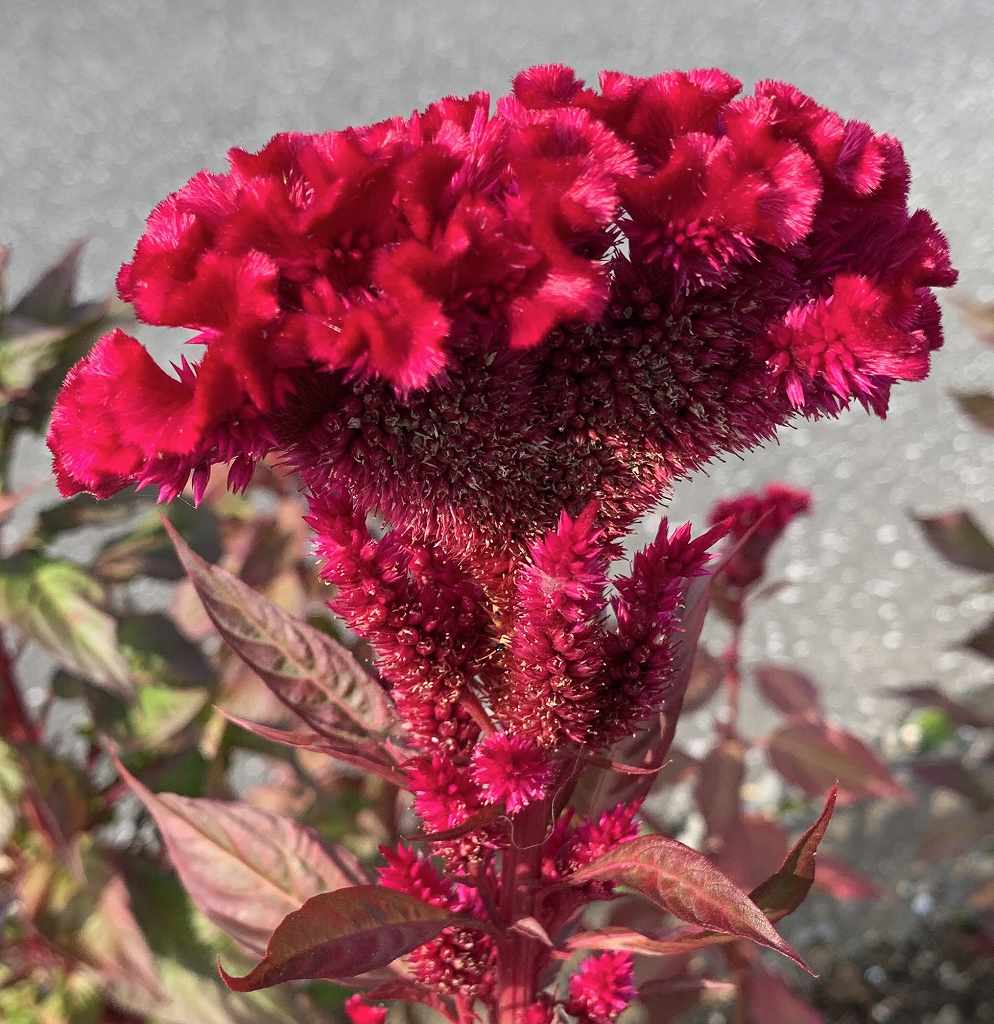
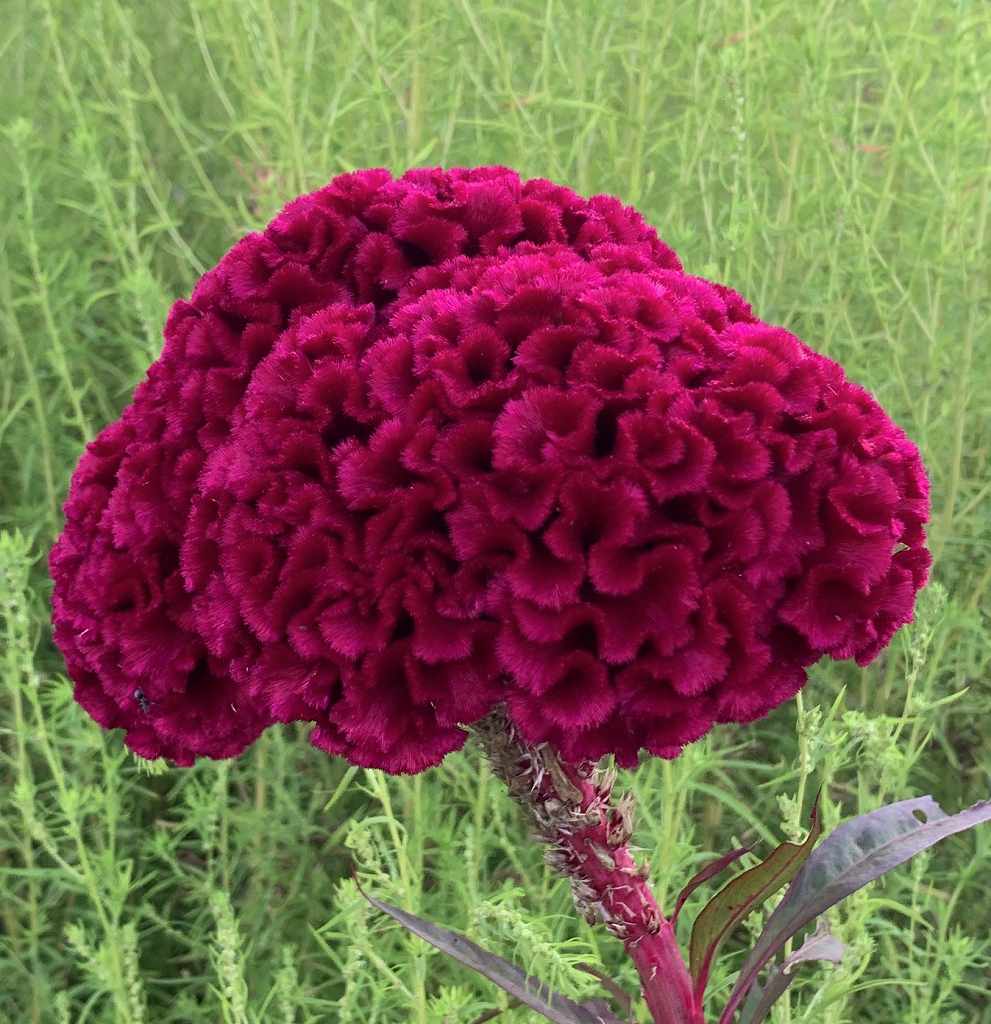
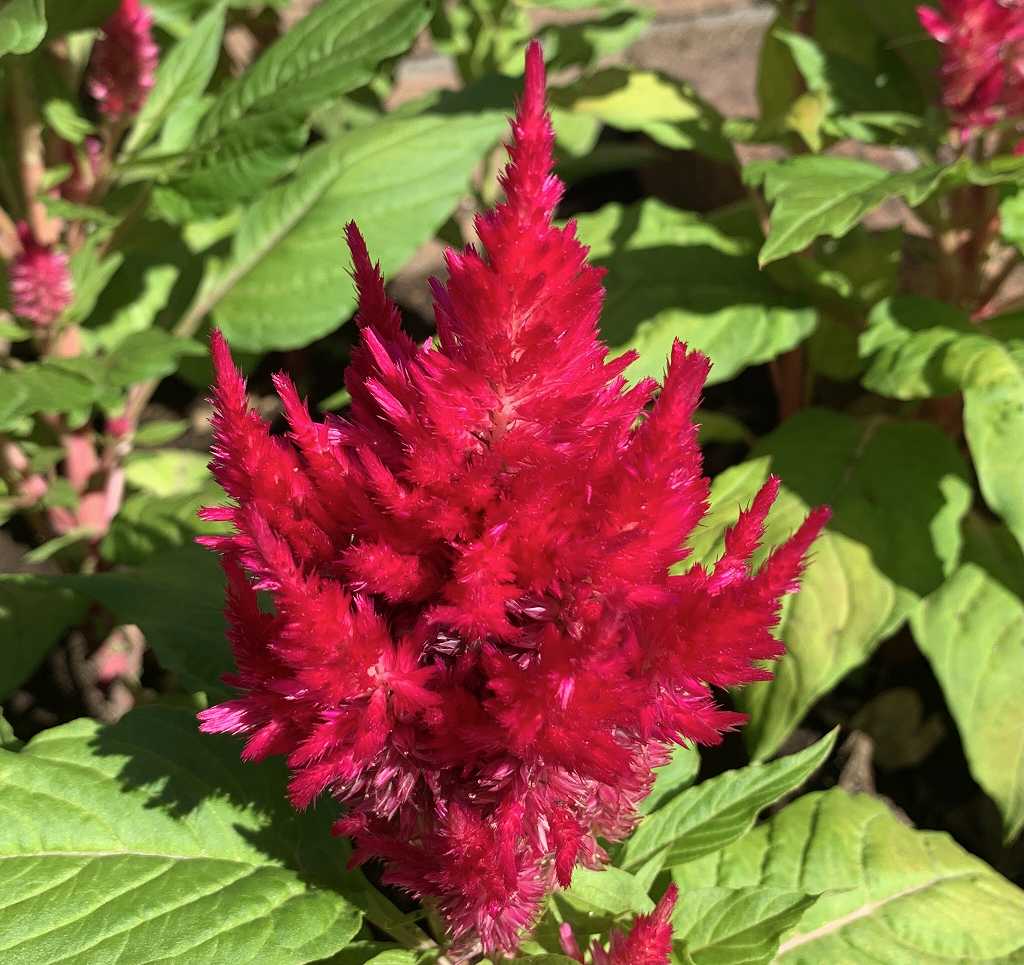
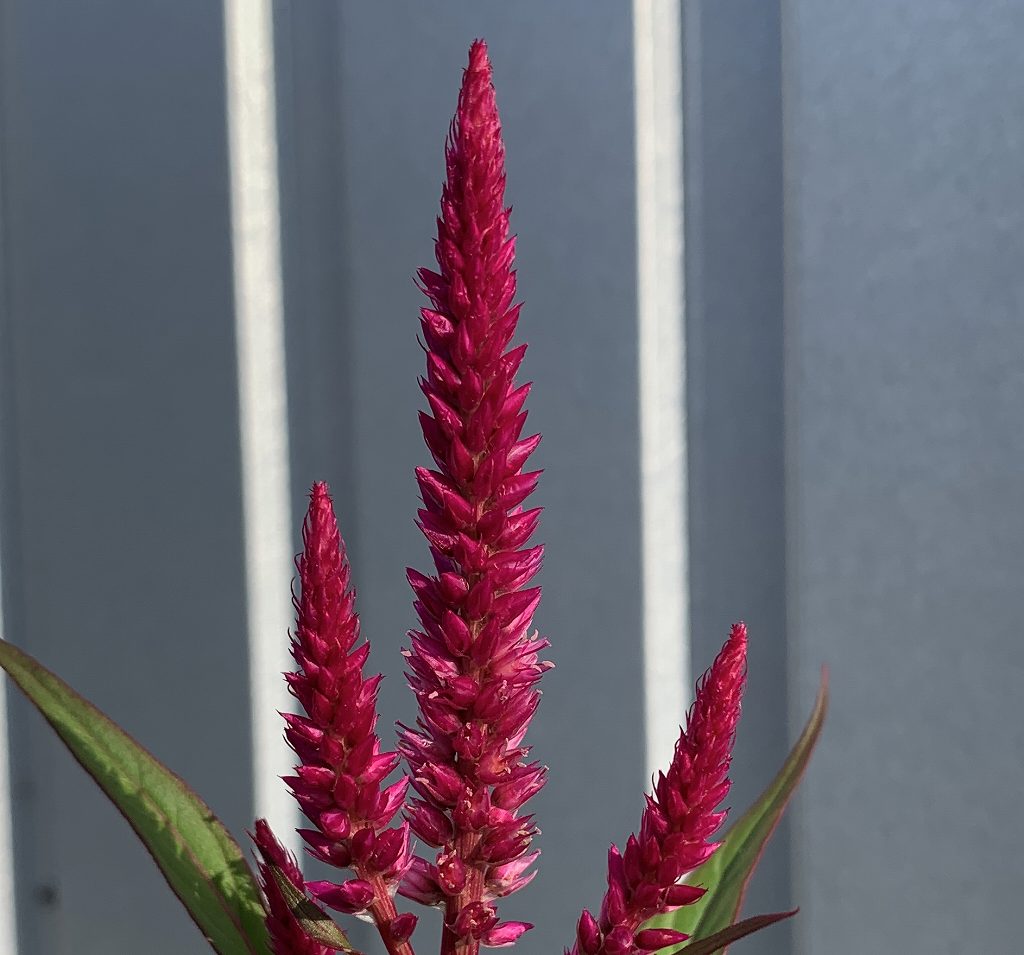
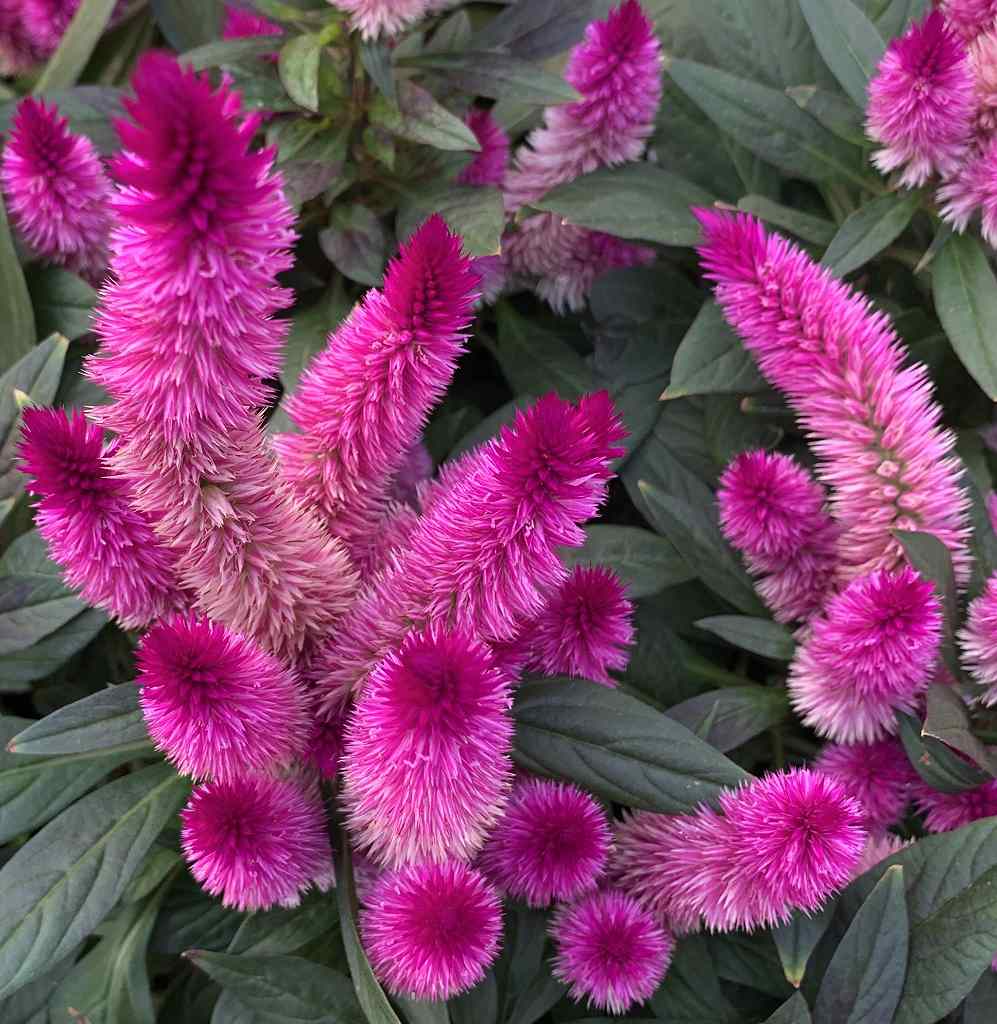
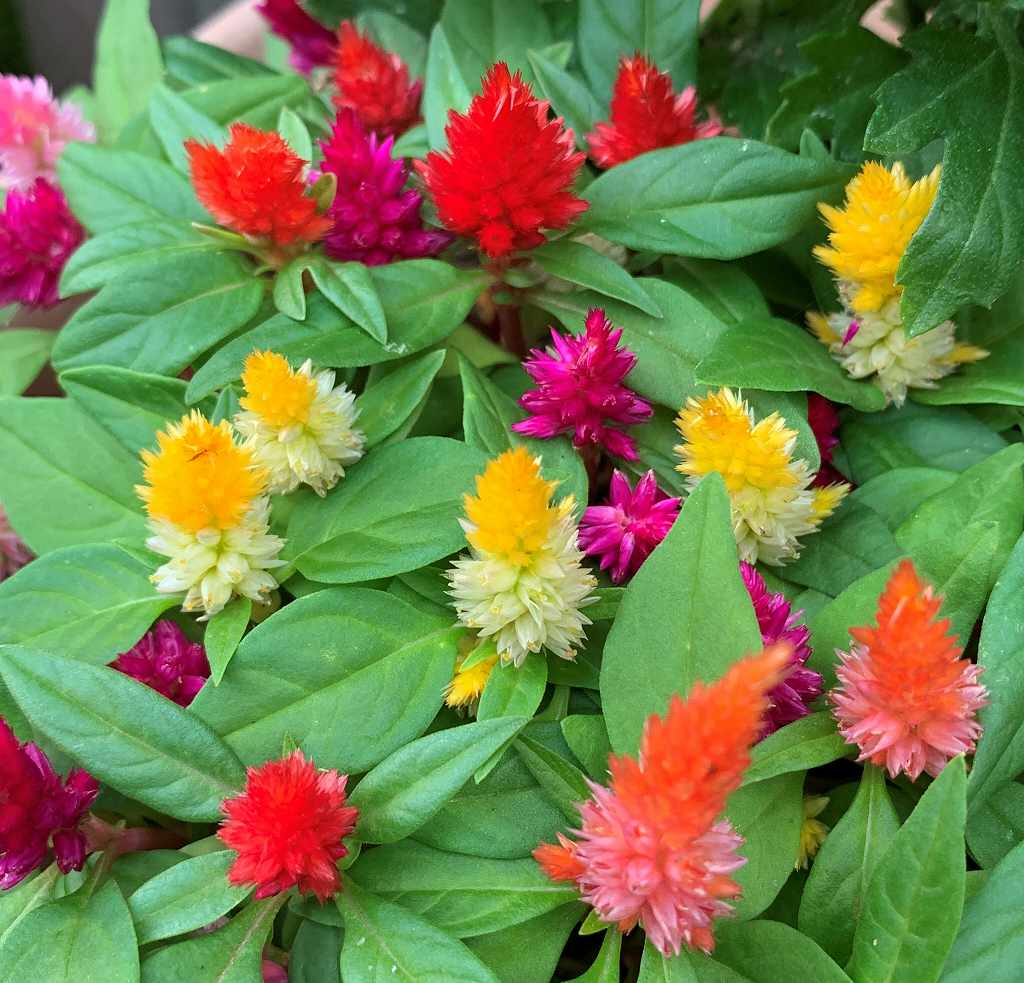
ケイトウ
ケイトウの名前
ケイトウ はヒユ科の一年草です。原産地はアジア~アフリカの熱帯地域。日本には中国を経由して奈良時代に渡来しました。夏~秋に立ち上がる花穂の色は様々。その形も先端が平たく、帯状や扇状に大きく広がります。それがニワトリのトサカに似ているので「鶏頭」という名前に。
ケイトウの系統
ケイトウの学名セロシアはラテン語で「燃焼」という意味。花の形が燃え盛る炎のように見えるから。鶏冠のようなトサカケイトウ、丸いクルメケイトウ、ふわふわのウモウゲイトウやフサゲイトウ(ブルモーサ系)、先の尖ったヤリゲイトウ(キルドシー系)などの系統があります。
ケイトウの特性
ケイトウは熱帯で多年草、温帯で一年草です。日本では毎年、種子から育ちますが、日が短くなると花の準備を始める短日植物。そのため、播種が遅くなるほど草丈が低いまま開花します。品種による違いはありますが、真夏の炎天下でも咲き、花持ちもよいので、栽培は総じて容易。
ケイトウの種子と根
ケイトウは4月から8月まで播種できるものの、種子は日光が当たると発芽が悪くなります。一方、根が少しでも切れると発育が悪くなるくらい移植も苦手。そのため、種子は直播きし、日光が直接当たらないよう寒冷紗などで覆います。移植が必要なときは根を傷めないよう慎重に。
ケイトウの病害虫
ケイトウは根が張って茎葉が伸長すると、日当たりや風通し、水はけの良い環境を好みます。過湿になると立枯病や灰色かび病が発生。逆に乾燥しすぎるとハダニがつきやすくなります。灌水は朝夕、花にかからないよう株元に。そのほか害虫はアブラムシやヨトウムシも発生します。
ケイトウの利活用
ケイトウの花と葉はアフリカや東南アジアで食用になります。根や茎は干して燻してネズミ除けに。一方、ドライフラワーにしても色があせないことから、花言葉は「色あせぬ恋」。そのほか、花色・花容に富むことから、「おしゃれ」「個性」「気取り屋」という花言葉もあります。
Plumed Cockscomb
Plumed cockscomb is an annual plant of the Amaranthaceae family. The place of origin is the tropical region of Asia-Africa. It came to Japan via China during the Nara period. There are various colors of flower ears that rise from summer to autumn. Its shape is also flat at the tip and spreads widely like a band or a fan. The name is “Keitoh” because it resembles a chicken comb.
Plumed cockscomb’s scientific name, Celosia, means “burning” in Latin. Because the shape of the flower looks like a burning flame. There are strains such as comb-like cockscomb, round cockscomb, fluffy cockscomb (Brumosa type), and pointed spear cockscomb (Kildoshi type).
Plumed cockscomb is a tropical perennial and a temperate annual. In Japan, it grows from seeds every year, but it is a short-day plant that begins to prepare flowers when the day gets shorter. Therefore, the slower the sowing, the shorter the plant height and the flowering. Although there are differences depending on the variety, it blooms even in the hot summer sun and has good flower retention, so it is generally easy to cultivate.
Plumed cockscomb can be sown from April to August, but seeds will not germinate when exposed to sunlight. On the other hand, I t’s not good at transplanting so much that if the roots are cut even a little, the growth will deteriorate. Therefore, the seeds are sown directly and covered with a lawn cloth to prevent direct sunlight. Be careful not to damage the roots when transplanting is needed.
Plumed cockscomb prefers a sunny, well-ventilated and well-drained environment when its roots grow and its foliage grows. When it becomes too humid, wilt disease and Botrytis cinerea occur. On the other hand, if it is too dry, spider mites will easily attach. Irrigate the plants in the morning and evening so that the flowers do not get caught. Other pests include aphids and cabbage moths.
Plumed cockscomb flowers and leaves are edible in Africa and Southeast Asia. Dry and smoke the roots and stems to prevent mice. On the other hand, even if it is a dried flower, the color does not fade, so the flower language is “fading love”. In addition, because it is rich in flower color and volume, there are also flower words such as “fashionable”, “individuality”, and “pretentious shop”.


